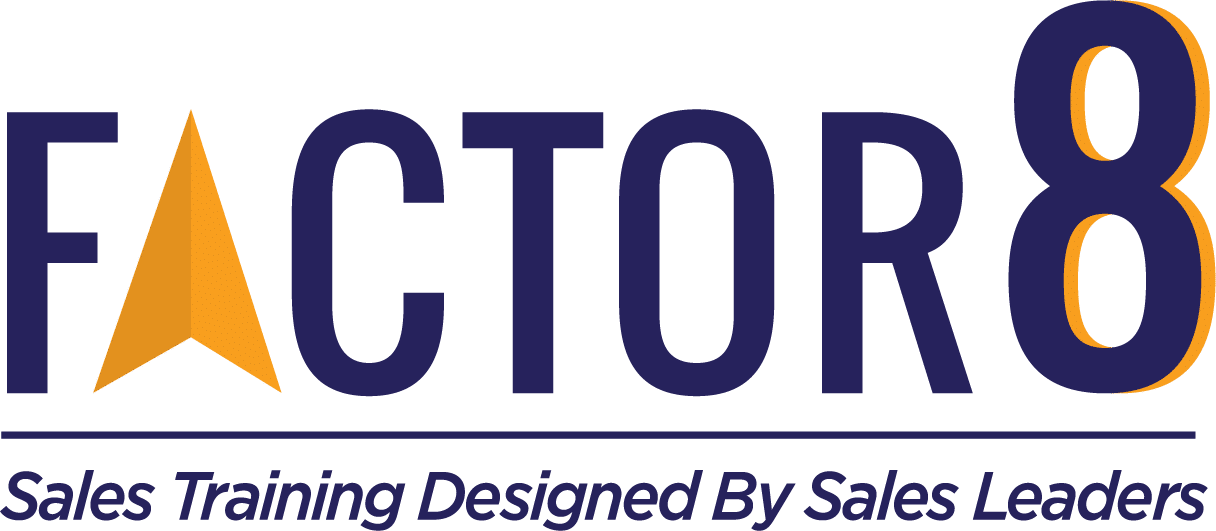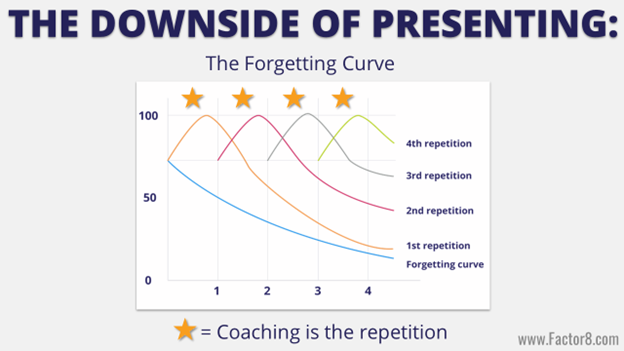How to Improve the Relationship Between Sales Reps and Managers
With all the economic uncertainty out there, it’s tough to find and keep good reps right now. Data from HubSpot indicates that sales rep turnover is around 35% (even in an economic downturn, attrition is shockingly high).
So how do you keep your star players around? Well, according to our Sales Team Retention Research Project study, the top reason both reps and managers stay with a company is ongoing training and development opportunities to help them succeed in their roles.
In my opinion, the key to a solid rep-manager is: both sides support each other to develop and grow. Here are some tips to put it into action to improve the sales rep-manager relationship.
What should managers do to retain their reps?
READ: How to Hire and Retain Sales Reps
1. Create coaching opportunities outside the normal flow
A lot of managers wait until the pipeline call or the forecast call to coach. While those meetings add value, they focus on specific outcomes. Where reps often struggle is investing in skills that they can apply to a variety of situations, like negotiation and price anchoring. Spend 30-60 minutes with your reps to work on these skills, and you’ll start seeing more engagement from them. As a general rule, newer or underperforming reps should be coached once per week and tenured or high-performing reps should be coached once per month.
2. Create an explicit growth template
Reps can’t grow if they don’t know what their growth path is supposed to look like. This means you need to actually document the basic competencies and objectives you expect. Then monitor rep improvement on a weekly, monthly, and quarterly basis—not just during an annual 360-review.
READ: Increase Sales Coaching Frequency
3. Don’t be hypocritical
People have a strong B.S.-meter. They know when you’re faking them out. So if you’re going to expect things from them, you better make sure you’re holding yourself to the same standards.
This doesn’t mean you need to be “macho” or push bravado all the time. You’re going to make mistakes, just like anyone. But set the example of always striving to be better, holding yourself to a high standard, and fixing problems when they arise.
4. Drive deeper engagement
The more engaged your reps are at work, the more they’ll stick around. So make sure their work stretches them and helps them grow. Provide opportunities for them to push themselves without setting them up to fail.
When appropriate, let them provide input on the direction and growth of the product and company. They have valuable insights that you can use. Plus, it helps them feel included.
5. Stay hungry and humble
Even though you’re in a management position, there’s always the opportunity to learn more. Don’t rest on your laurels. Stay hungry, and always look for ways to learn, grow, and improve.
DOWNLOAD: Tips for Retaining The New Generation of Sales
6. Don’t expect your people to always copy you
Don’t fall for “mini-me” syndrome. Just because you have a great process for selling doesn’t mean it’s the best for everyone. Instead, think about how effective reps are in driving results and meeting quotas, and focus on helping them close gaps and reach those goals faster. There can be an openness in process and style, while at the same time consistency in results.
7. Seize on little opportunities to build human connections
Managers can do a lot to show reps that they care about them not only as sales machines, but as individuals. And these don’t take a lot of extra time.
Especially in virtual environments, reps hear from their managers only to discuss forecasts, or when there’s a problem. Find other ways to connect with them as well, even if it’s just to talk about how they’re doing on a personal level.
What can reps do to build a better relationship with their managers?
1. Be solution-oriented
Don’t come with problems and no solutions. Be a solution-oriented thinker. It helps show the manager that you’re taking ownership of a problem, rather than force them to handle every little thing that comes up.
2. Be coachable
The opposite of coachability is “I already know everything.” Know what you know, but also know what you don’t know. And be open to learning and growing. It’s really hard for a manager to support a rep who thinks they know everything.
READ: 10 Tips for Sales Success from a High Performer
3. Don’t blame the leads
We all hear it all the time: If only the leads were better… Strike that phrase from your vocabulary! Stop blaming outside sources for your problems. Find a way to make the most of what you already have.
4. Get comfortable with ambiguity
Things aren’t always going to be straightforward, especially at different stages of companies. Can you execute when the answer isn’t fully defined? Are you willing to put the answer together yourself? If so, your manager will love you for it.
5. Always be curious
No one knows everything. There’s always a chance to learn, grow, and evolve. While your manager should be open to your own style, don’t assume that your way works best. Learn from others, and find a way to implement those learnings in your own unique way.
Final thoughts on the ultimate rep-manager relationship
The key to a good rep-manager relationship is this: support each other, hold each other accountable, and focus on growth. If you do that, you’ll build a solid foundation that makes both parties hesitant to leave the organization. Happy selling!










